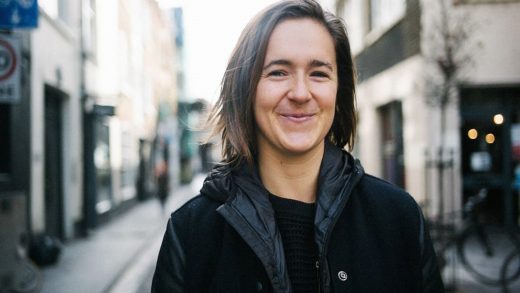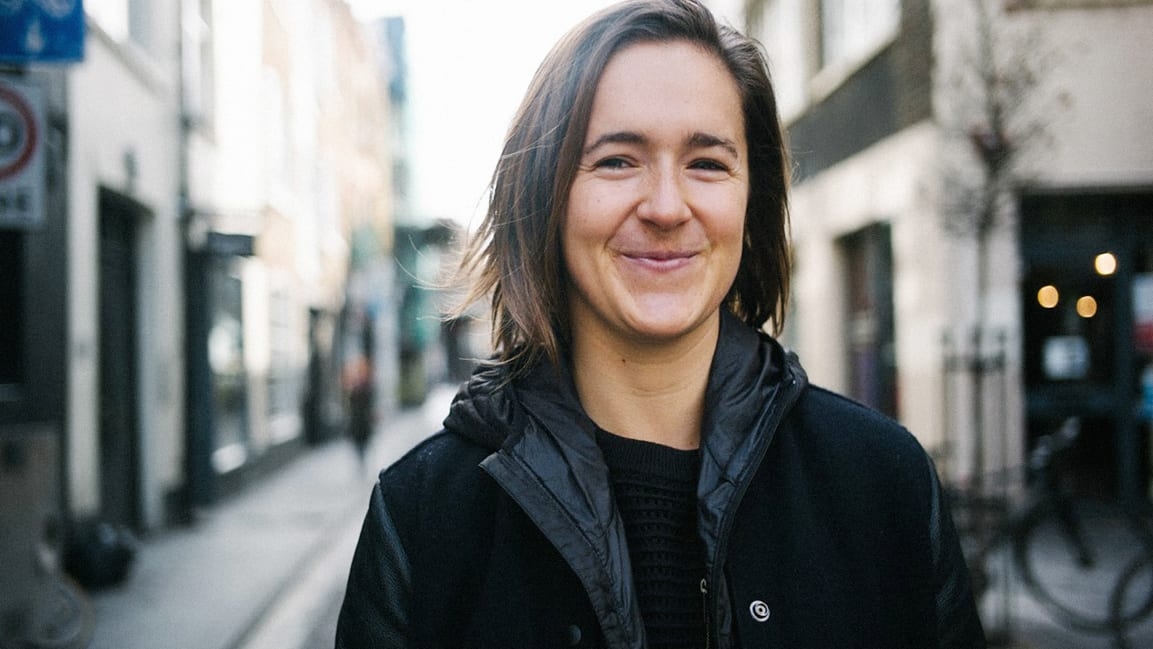An early Instagram employee offers advice on building meaningful communities
Bailey Richardson has looked at community from two sides: she’s intimately familiar with the businesses approach. She helped build community at Instagram: she was one of the photo app’s 13 employees at the time it was acquired by Facebook for $1 billion. She also studies and supports grassroots and nonprofit organizers through her work at People & Co., a consultancy that guides groups of all sizes on how to build and support community. She and her People & Co. cofounders, Kevin Huynh and Kai Elmer Sotto, put their best practices into a new book, Get Together, which Richardson bills as a practical guide for helping people come together. She recently spoke with Fast Company about what businesses can learn from community organizers, and vice versa. (The conversation has been edited for length and clarity.)
Fast Company: There’s a perception that grassroots communities spring up out of a shared sense of purpose. But your book suggests it isn’t quite so random.

Bailey Richardson: One of the things that we heard over and over again in doing interviews with people who started communities, and in particular, more grassroots ones, is: “this was not strategic, this was not planned, it just happened.” But the reality is that you start to see patterns of behaviors. After I left Instagram, I wondered whether what we did at Instagram was replicable. And I started out reaching out to people in jobs that were quite similar to mine, a community manager at YouTube, the first community manager for Google Hangouts, the first community manager for SoundCloud. And in those conversations I started to realize that, in fact, we had done some of the same work. And we started wondering whether there were steps that could be as valuable for a grassroots organizer as they are for someone who’s working with an online forum.
FC: Why did you write the book?
BR: I couldn’t find [a book that provided] clear practical steps about how to organize the community, along with inspiring stories. This is the book that I wish I had when I was working at Instagram in the early days. I tried to do research on people in groups that hadn’t been through what we were going through, and I couldn’t find anything but [case studies about] CrossFit and Harley Davidson. I’m a queer woman, and I just felt like we could do a better [job] providing a source of inspiration for people . . . with stories that are diverse and [show] different kinds of communities.
FC: Harley Davidson and CrossFit are interesting examples, because those are communities that can border on cult-like followings. What distinguishes community from cult?
BR: I think a cult traditionally has one leader and a hierarchical structure. The reason why I’m interested in communities is that they’re less like a prix fixe dinner and more like a potluck, a truly more collaborative and democratic nonhierarchical way for groups of people to work together. Businesses that are doing this well in my mind are those [willing] to give up an element of control and have to trust their customers, their partners, their collaborators, their users. And that to me is very exciting.
FC: Why are communities so important these days, especially when so much of life is lived online?
BR: They make businesses more ethical and more in touch with their customer bases.
FC: What are some of the lessons that business leaders can take from the grassroots communities, and how can you apply these lessons to a more traditional and, by definition, more hierarchical business structure.
BR: The number one fear for someone who’s organizing a club or a user community is that no one will show up. The [advice] we offer people is, Don’t just speak to a faceless audience, really find people who have a deep passion, and do personal outreach to make sure that those people feel a part of whatever you’re starting. You just have to actually get out and start getting people together. But the main message that is really specific to businesses is that community management or community development is that it’s not about managing people, controlling people. It’s about developing leaders. Building a group, a community is—at its core—leadership development.
FC: What can community leaders learn from the business world?
BR: I play basketball on woman’s basketball team here in New York that is specifically for women who are bad at basketball. That format—of taking the competition out of it—is so remarkable and so special, and it really brings the best out of people, [especially] in New York in this very competitive environment. We all just go and goof off and have fun. [The person] who runs it never has once thought about teaching someone else in another city to [create a similar project]. But I think: How can I make this into a template [that would work for] someone else far away for me? Businesses are very good at creating those processes, documenting things, and having divisions and scale. And I think there are some things that people are doing for pure passion locally to make sure they feel more connected. But they don’t have that sort of business audacity to think about how they might grow and scale it.
(41)



